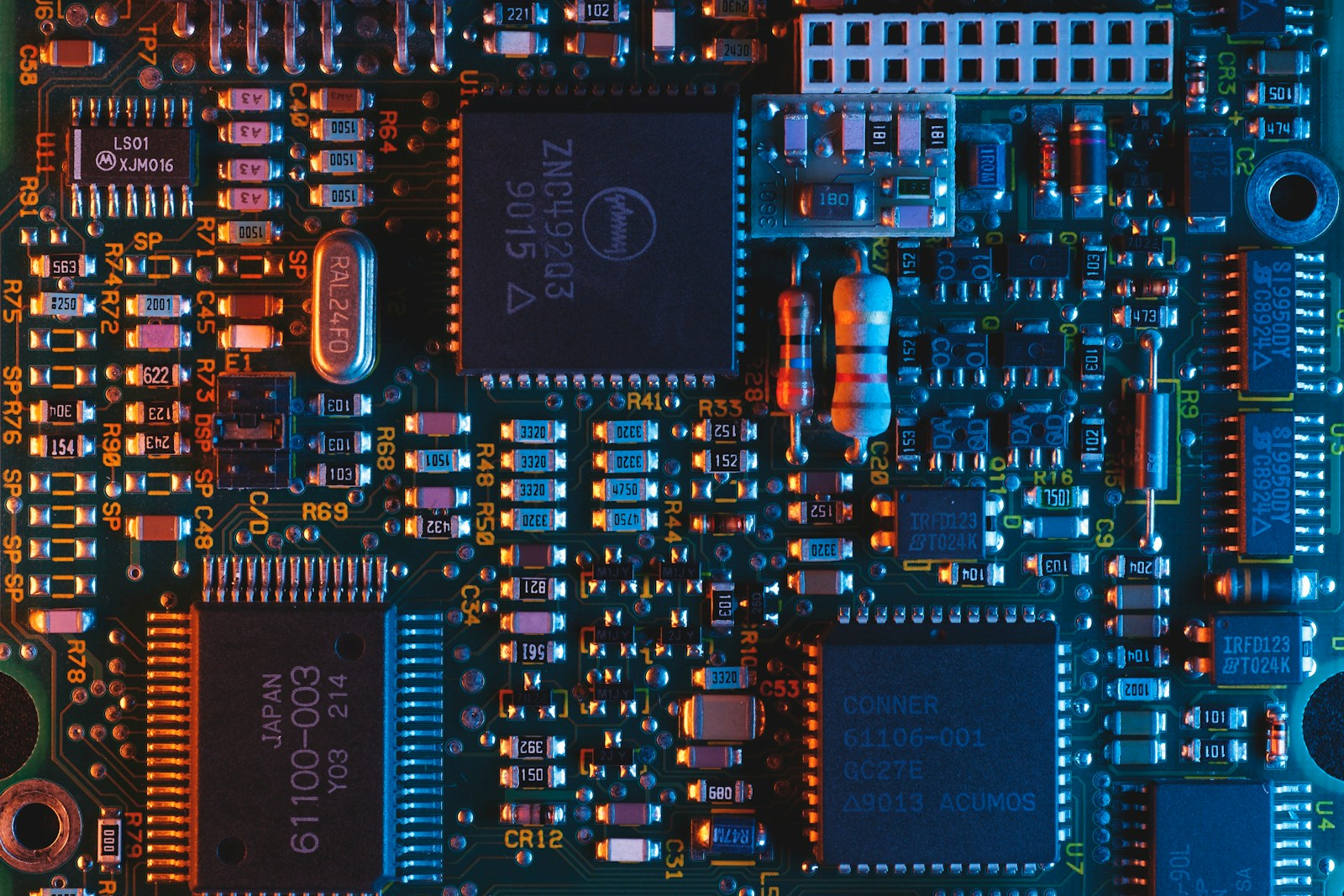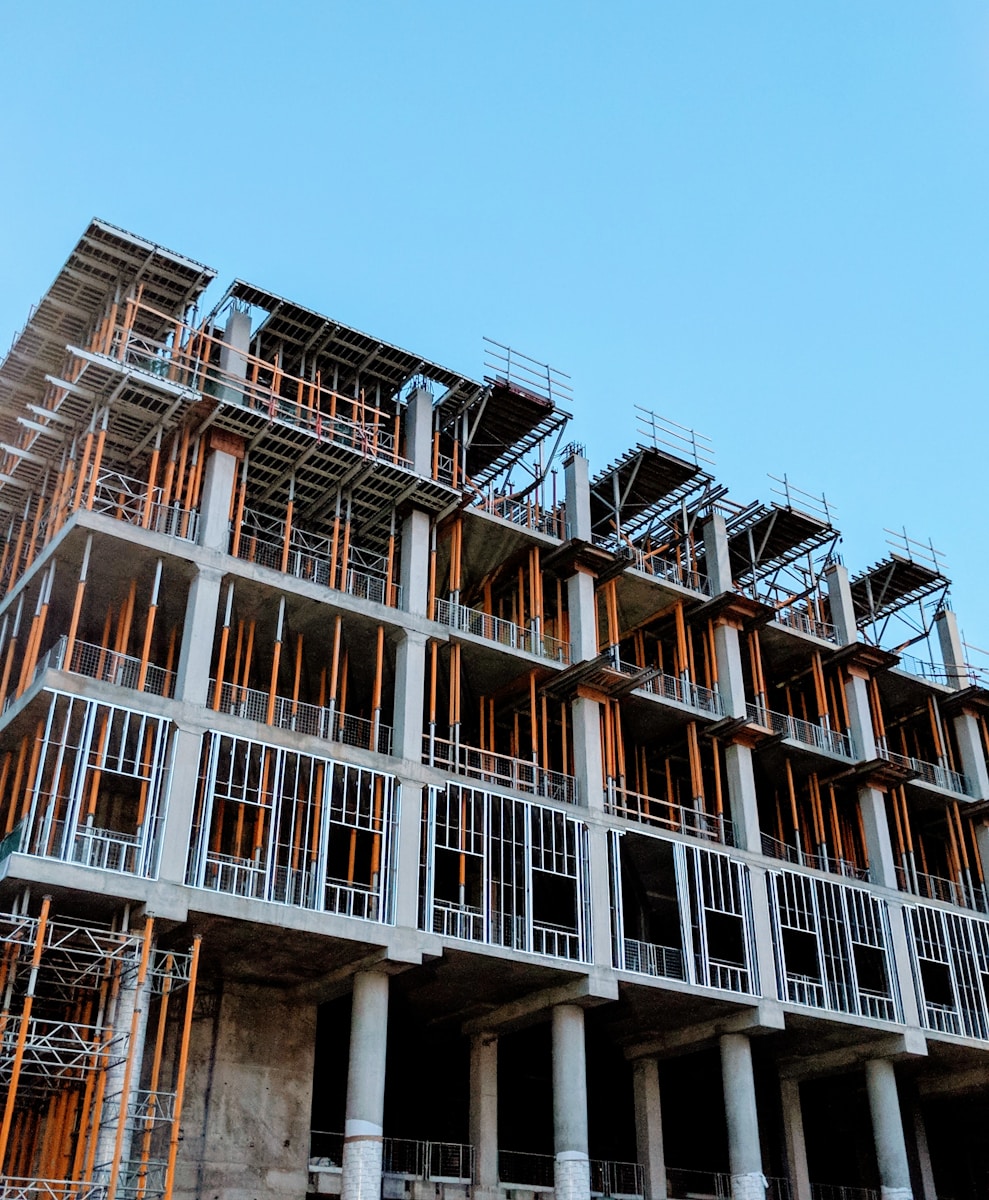Optimizing Urban Infrastructure through BIM and Digital Twin Integration
The Role of BIM in Smart City Development
Building Information Modeling (BIM) has become a cornerstone of modern construction and urban planning. By creating comprehensive digital representations of physical and functional characteristics of buildings, BIM allows stakeholders to visualize, analyze, and simulate project outcomes before construction begins. In regions like Saudi Arabia and the UAE, where smart city initiatives are gaining momentum, the integration of BIM with digital twins offers unprecedented opportunities for optimizing urban infrastructure.
BIM’s role in smart city development is multifaceted. It facilitates collaborative planning among architects, engineers, and urban planners, ensuring that projects are designed with precision and efficiency. In smart cities, BIM models serve as the foundational data layer upon which digital twins are built. This integration allows for real-time monitoring and management of urban infrastructure, enabling proactive maintenance and efficient resource allocation.
The integration of BIM with digital twins extends beyond construction to encompass the entire lifecycle of urban infrastructure. By continuously updating the digital twin with data from BIM models, cities like Riyadh and Dubai can ensure that their urban infrastructure evolves in response to changing needs and conditions. This dynamic approach to urban planning not only enhances the functionality and sustainability of smart cities but also positions them as leaders in the global push towards digital transformation.
Enhancing Urban Infrastructure Management with Digital Twins
Digital twins provide a virtual representation of physical assets, processes, and systems, enabling real-time monitoring and analysis. In the context of smart cities, digital twins offer a powerful tool for optimizing the design and operation of urban infrastructure. The integration of BIM with digital twins allows cities to create highly detailed and accurate digital replicas of their infrastructure, facilitating better decision-making and resource management.
One of the key benefits of integrating BIM with digital twins is the ability to simulate and predict the performance of urban infrastructure under various conditions. For instance, by using data from BIM models, digital twins can simulate the impact of traffic on road networks, enabling urban planners to optimize traffic flow and reduce congestion. Similarly, digital twins can model the behavior of utilities such as water and electricity networks, allowing for more efficient management and maintenance.
In Dubai, where smart city initiatives are at the forefront of urban development, the integration of BIM with digital twins is being leveraged to enhance the management of critical infrastructure. By providing a holistic view of the city’s assets, digital twins enable proactive maintenance and rapid response to issues, minimizing downtime and ensuring the continuous operation of essential services. This approach not only improves the quality of life for residents but also enhances the city’s resilience and sustainability.
Leveraging AI and Blockchain for Smart City Development
Artificial Intelligence (AI) and Blockchain technologies are integral to the successful integration of BIM with digital twins in smart city development. AI algorithms can analyze data from digital twins to identify patterns and trends, providing valuable insights for optimizing urban infrastructure. For example, AI can predict when a particular asset, such as a bridge or a road, will require maintenance, allowing for timely interventions that prevent costly repairs and extend the lifespan of the infrastructure.
Blockchain technology, on the other hand, ensures the security and integrity of data collected from digital twins. By providing a decentralized and tamper-proof ledger, blockchain enables secure data sharing among stakeholders, fostering trust and collaboration. In smart cities like Riyadh and Dubai, where data privacy and security are paramount, blockchain technology plays a crucial role in safeguarding sensitive information and ensuring compliance with regulatory requirements.
The integration of AI and blockchain with BIM and digital twins also facilitates the creation of a more interconnected and responsive urban environment. By enabling real-time data sharing and analysis, these technologies support the development of smart city solutions that are adaptive and resilient. For instance, AI-powered digital twins can optimize energy consumption across the city, reducing costs and minimizing environmental impact. Similarly, blockchain can streamline transactions and interactions among city residents, businesses, and government agencies, enhancing efficiency and transparency.
Driving Innovation and Business Success through BIM and Digital Twin Integration
Executive Coaching for Smart City Leaders
The successful integration of BIM with digital twins in smart city development requires visionary leadership and strategic management. Executive coaching services can play a pivotal role in equipping smart city leaders with the skills and knowledge needed to drive innovation and achieve business success. By focusing on leadership development, executive coaching helps urban planners, architects, and engineers navigate the complexities of digital transformation and leverage the full potential of advanced technologies.
In Saudi Arabia and the UAE, where smart city projects are being implemented on an unprecedented scale, executive coaching can support leaders in making informed decisions and fostering a culture of continuous improvement. By promoting a collaborative and forward-thinking mindset, executive coaching enables smart city leaders to harness the power of BIM and digital twins to create sustainable and resilient urban environments.
Generative AI and the Metaverse in Urban Design
Generative AI and the Metaverse are emerging as transformative tools in urban design and smart city development. Generative AI algorithms can generate multiple design options based on specific criteria, allowing urban planners to explore innovative solutions and optimize the layout and functionality of urban spaces. By integrating generative AI with BIM and digital twins, smart cities can create more efficient and aesthetically pleasing environments that cater to the diverse needs of their residents.
The Metaverse, a virtual reality space where users can interact with digital representations of physical objects, offers new possibilities for urban design and stakeholder engagement. By creating immersive virtual environments, the Metaverse enables urban planners to conduct virtual walkthroughs of proposed developments, gather feedback from stakeholders, and make data-driven decisions. This interactive approach to urban design not only enhances collaboration but also ensures that smart city projects are aligned with the expectations and preferences of the community.
Leadership and Project Management in Smart City Development
Effective leadership and project management are critical to the successful integration of BIM with digital twins in smart city development. Leaders must possess a deep understanding of advanced technologies and their applications in urban planning, as well as the ability to manage complex projects and coordinate diverse teams. In Riyadh and Dubai, where smart city initiatives are transforming the urban landscape, strong leadership and project management skills are essential for driving innovation and achieving strategic goals.
By adopting best practices in project management, such as agile methodologies and continuous improvement frameworks, smart city leaders can ensure that projects are delivered on time, within budget, and to the highest standards of quality. Additionally, fostering a culture of innovation and collaboration within the organization can empower teams to embrace new technologies and approaches, enhancing the overall effectiveness and impact of smart city projects.
In conclusion, the integration of BIM with digital twins in smart city development presents significant opportunities for optimizing urban infrastructure and enhancing the quality of life for residents. By addressing technical challenges, leveraging advanced technologies, and promoting visionary leadership, cities like Riyadh and Dubai can lead the way in creating sustainable, resilient, and innovative urban environments. Through strategic planning, continuous learning, and a commitment to digital transformation, the future of smart cities is bright and full of potential.
—
#BIM #DigitalTwins #SmartCities #UrbanInfrastructure #SaudiArabiaSmartCities #UAESmartCities #RiyadhUrbanDevelopment #DubaiInfrastructureOptimization #AIInUrbanPlanning #BlockchainInSmartCities #MetaverseInUrbanDesign #ExecutiveCoaching #GenerativeAI #ModernTechnology #BusinessSuccess #LeadershipInUrbanDevelopment #ProjectManagementInSmartCities









